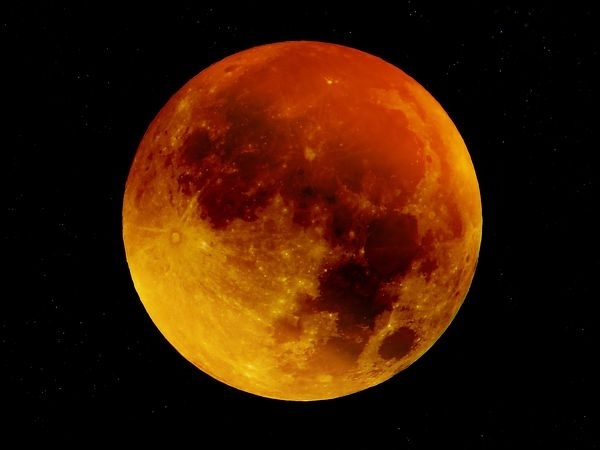‘Super Blue Blood Moon’ to wake you up: Don’t miss this once-in-a lifetime opportunity peeps!
Washington, January 31: While the world has been gearing up to watch ‘Super Blue Blood Moon’ live which will be broadcasted by NASA today. Don’t miss this once-in-a-lifetime opportunity peeps! Only for the people who live in North America, Alaska, and the Hawaiian islands our Moon is set to rock with another avatar! Set your alarm early the morning of Wednesday, Jan. 31 for a “Super Blue Blood Moon.”

A "blood moon" happens when Earth's moon is in full eclipse. While it has no special astronomical significance, the view in the sky is striking as the usually whitish moon becomes red or ruddy-brown.
Also for the people who won’t be able to see the Blood Moon, NASA is going to live stream the event. Here is the link https://www.nasa.gov/nasalive
Why Blood Moon?
The moon orbits around Earth, while Earth orbits around the sun. The moon takes about 27 days to orbit Earth and goes through regular phases in a 29.5-day cycle. The difference in these two cycles has to do with the relative positions of the sun, Earth and moon, which changes during the moon's orbit.
Lunar eclipses can only happen during a full moon when the sun fully illuminates the surface. Usually, a full moon has no eclipse because the moon orbits in a slightly different plane than the Earth and the sun do. However, at times the planes coincide. Earth passes in between the moon and the sun and cuts off the sunlight, causing an eclipse.
If Earth partially blocks the sun, and the darkest part of its shadow falls across the moon's surface, it is called a partial eclipse. You will see a black shadow taking a bite out of the moon. Sometimes, the moon passes through the lighter part of Earth's shadow, causing a penumbral eclipse.
During a full eclipse, however, something spectacular happens. The moon is fully in Earth's shadow. At the same time, a little bit of light from Earth's sunrises and sunsets (on the disk of the planet) falls on the surface of the moon. Because the light waves are stretched out, they look red. When this red light strikes the moon's surface, it also appears red.